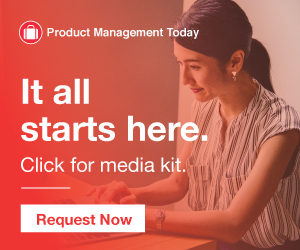Motivate your star performers with meaningful career conversations
Intercom, Inc.
MAY 4, 2018
Imagine walking into the office one morning and having your star team member ask if you have a few minutes to talk. In person. Your instincts tell you nothing good is going to come out of this conversation. And unfortunately, your suspicions are confirmed when they hand you their resignation and explain they’ve been offered “a new and exciting opportunity” that aligns with their career aspirations.
























Let's personalize your content